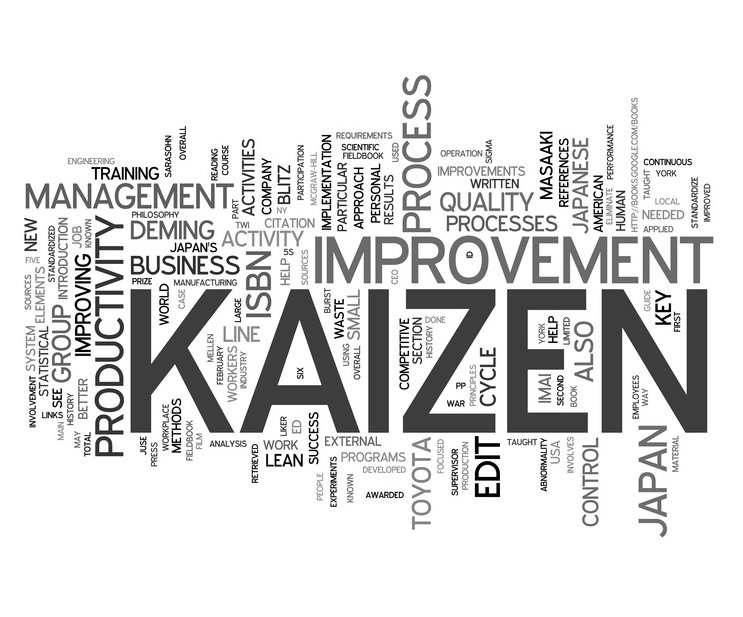
By Poonam Sagar: Do you remember when literacy meant the three Rs – Reading, wRiting, and aRithmetic? These essentials skilled were taught to students in a batch process through an assembly line education system geared to the industrial society. At the end of the academic year, an exam was conducted to check if the lessons had been learned.
Soon the brain came to be thought of as a library and knowledge equated by number of books read and the memorization of the same. However, with the advent of the World Wide Web this has been transformed. Knowledge is no longer something to be stored in the brain; rather it can be accessed through the internet.
In the 21st century, we are bombarded with information ranging from the insignificant to the important constantly, and what has become important is the ability to access relevant information and application of the same. According to Don Tapscott, author of the bestselling books Wikinomics and Growing Up Digital, the existence of Google, Wikipedia, and other online libraries means that rote memorization is no longer a necessary part of education. ‘Teachers are no longer the fountain of knowledge; the internet is,’ says Tapscott, considered by many to be a leading commentator on our Internet age, who believes the age of learning through the memorization of facts and figures is coming to an end. Instead, students should be taught to think creatively and better understand the knowledge that’s available online.
We are immersed in a multi-tasking world of digital experiences. We text and surf the net while listening to music and updating our social network status. Are we constantly distracted with this ‘continuous partial attention’ or have our brains adapted to the incoming stimuli?
The internet too has transitioned from a collection of static Web sites containing information to a more dynamic, interactive, and social, participatory culture. Services like blogs, wikis, podcasting, photo, video, and music-sharing sites, RSS, online gaming, real-time messaging, social networks, social bookmarking, mashups, and virtual worlds are now being used daily by millions of people around the globe to connect, communicate, collaborate, create, and share content with each other.
 The transformation is also hardware driven, where hand-held computing devices such as smartphones and tablets, which provide anytime communication, access to the internet, and a variety of applications.
To be able to read and write through written language is no longer enough. To be ‘literate’ today demands a deep understanding of all media technologies and their potential for human interaction, communication and expression. In this sense, a truly literate person today must not only be able to create, communicate and distribute one’s own messages with new technology tools but also be able to analyze, interpret and evaluate the messages that one receives in a technology-mediated environment.
Educational methodology increasingly leverages technology as a catalyst to enhance teaching and learning in this dynamic scenario. Top Universities such as Harvard , MIT and Carnegie Mellon among others, have Open Learning Initiatives to provide online open digital publication of high quality university-level educational materials organized as courses of self-guiding materials and activities- often including syllabi, lecture notes, assignments, and exams, to learn at your own pace!
Another example is E-tutoring, which brings together groups of students who have never met face to face, online, to discuss and learn from materials they have downloaded from the Web. The possibilities of videoconferencing, virtual laboratories, simulations, and frequent opportunities for assessment and feedback builds courses that are intended to enact instruction – or, more precisely, to enact the kind of dynamic, flexible, and responsive instruction that fosters learning.
So what is 21st century education? It is bold. It breaks the mold. It is flexible, creative, challenging, and complex. It addresses a rapidly changing world filled with fantastic new problems as well as exciting new possibilities and technology is the key.





